Albanese, Dutton declare war over long-term jobless
Anthony Albanese and Peter Dutton set up a fight over transitioning more than 300,000 long-term jobless Australians off welfare.
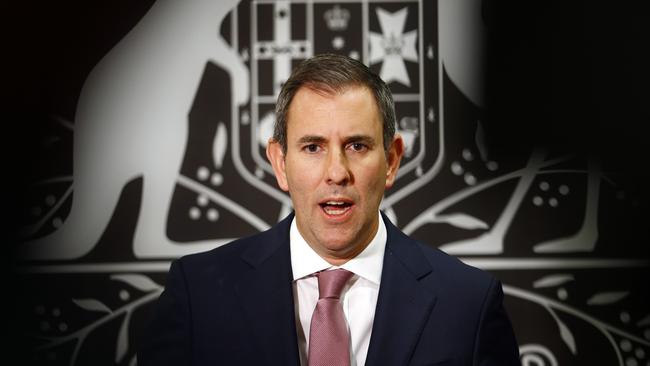
Anthony Albanese and Peter Dutton have set up a political fight over transitioning more than 300,000 long-term jobless Australians off welfare as historically low unemployment slashes JobSeeker numbers to pre-pandemic levels.
The Opposition Leader on Monday will commit to scrapping Labor’s $40-a-fortnight increase to the JobSeeker rate and instead allow welfare recipients to pocket up to $300 in earnings without being booted off the payment.
The Coalition will seek to amend the government’s Strengthening the Safety Net bill in the Senate this week, reversing the JobSeeker hike announced in the May federal budget and doubling income-free thresholds for welfare recipients by $150-a-fortnight.
Analysis of Department of Social Services data reveals that about 100,000 jobless Australians have moved off payments since May last year, lowering the overall number of JobSeeker and Youth Allowance (other) recipients to 881,960 at the end of June.
The Reserve Bank of Australia board will meet on Tuesday to discuss whether the historically low 3.5 per cent unemployment rate and stubbornly high inflation warrant a 13th cash rate hike in just over a year.
Union leaders have attacked the RBA in recent months over the definition of full employment and comments made by incoming governor Michele Bullock that the jobless rate must hit 4.5 per cent to rein in inflation.
Amid concerns that 12 rate hikes and a sluggish economy will trigger a spike in the unemployment rate, Jim Chalmers told The Australian that the employment white paper in September would outline Labor’s long-term workforce blueprint.
The Treasurer – who describes long-term unemployment and intergenerational disadvantage as a “cancer in society” – is using the white paper and RBA review to explore a contemporary definition of full employment. “Even when unemployment is at or around 3.5 per cent, there are still people and communities who aren’t able to access these opportunities and we want to change that,” he said.
“Our economic plan is calibrated to help more Australians grasp the opportunities created in the more prosperous and productive economy we’re building. These are some of the central themes of the employment white paper.”
DSS data reveals that hundreds of thousands of Australians have been attached to income support payments for more than five years, with an average duration across JobSeeker recipients of 290 weeks.
At the end of March, 156,250 JobSeeker recipients had received income support for more than a decade, 150,265 for between five and 10 years, 224,575 between two and five years, 73,845 for one to two years and 238,455 for less than a year.
Ahead of the RBA board meeting and expectations the cash rate will hold at 4.1 per cent, Dr Chalmers said the social security safety net remained vital despite more Australians being “in work than ever before”.
“Treasury has expected for some time that the unemployment rate will tick up a bit, as a consequence of higher prices and rising interest rates combined with some pretty serious global uncertainty,” he said. “Despite what’s coming at us here and from around the world, our unemployment rate is remarkably low and this has been a source of considerable strength in our economy as we confront the uncertainty ahead.
“We believe there’s a really important role for social security and we’ve increased JobSeeker in a responsible way, but we also have a broad and ambitious agenda to get people into work.
“Our objective is good, secure well-paid jobs for everyone who is willing and able.”
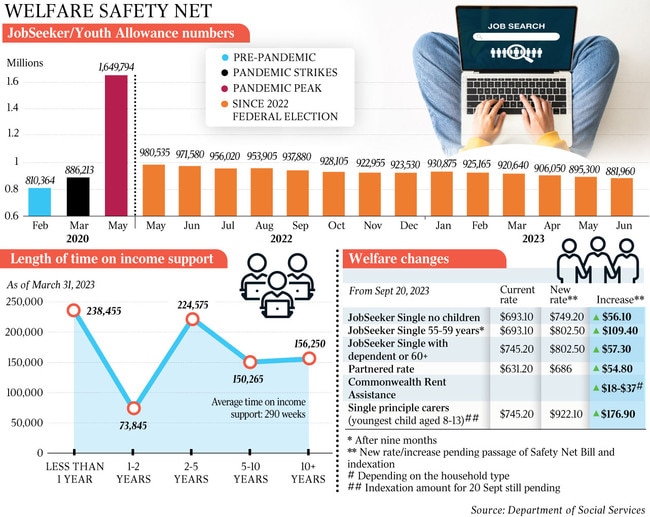
Social Services Minister Amanda Rishworth on Sunday announced that after incorporating six-monthly indexation in response to sticky inflation, the JobSeeker rate would rise by $56 a fortnight.
The government will stare down attempts by the Coalition to amend enabling legislation, which must pass this fortnight to ensure higher welfare payments flow from September 20. Budget measures in the legislation include raising the age cut-off for the single parent payment, a Commonwealth Rent Assistance increase for 1.1 million households and higher JobSeeker, Austudy and Youth Allowance payments for more than one million people.
Opposition social services spokesman Michael Sukkar said doubling the income-free threshold for JobSeeker recipients by $150 would deliver a budget saving of about $2.9bn.
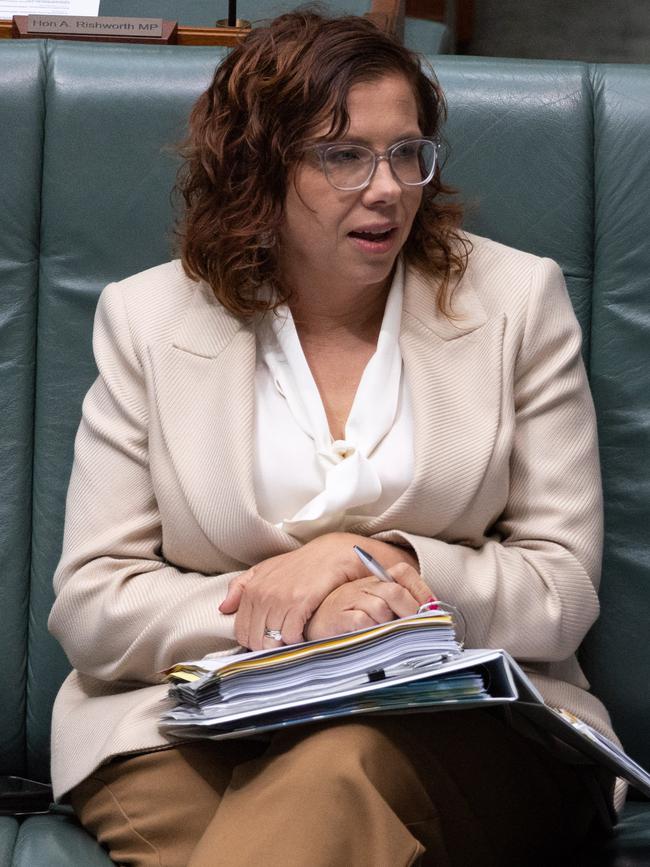

Mr Dutton was attacked by Labor ministers in May when he announced the Coalition’s first major economic policy – without costings. The government has warned that the policy will see an additional 50,000 people eligible for JobSeeker overnight because the cut-off threshold would increase and could encourage a long-term reliance on casual work and welfare.
With 431,600 job vacancies and low unemployment, Mr Sukkar said the Coalition proposal supported employers while allowing JobSeeker recipients to “take home $300 a fortnight while still retaining the full rate”.
“The income-free threshold for other payments will be also increased by $150,” Mr Sukkar said.
“Reversing the $40 per fortnight saves the budget around $4.4bn, while increasing the income-free thresholds by $150 costs around $1.4bn over the forward estimates.
“There are 808,000 JobSeeker recipients across the nation of which more than 75 per cent have zero reported earnings, with no part-time work. Increasing the income-free area before benefits are reduced incentivises those on working age payments to take up employment opportunities.”
It has taken more than three years to lower the pandemic peak of 1.65 million JobSeeker recipients – recorded at the height of lockdowns and restrictions in May 2020 – to pre-Covid levels.
JobSeeker and Youth Allowance (other) recipients fell from 895,300 in May to 881,960 in June. This compares to February and March 2020 levels of 810,364 and 886,213. The unemployment rate, which has bucked market expectations and remained at historically low levels, has fallen from 3.9 to 3.5 per cent since May last year.
Workforce Australia, the government’s employment services body, lists areas of Perth, Sydney, Brisbane, Melbourne, Adelaide, regional Queensland and NSW among its highest caseload areas. The top 15 areas include Perth South, Sydney Greater West, Sydney South West, Perth North and Brisbane South East.
Mutual obligation requirements overseen by Workforce Australia include job plans for people on JobSeeker, Youth Allowance, parenting (after the youngest child turns six) and some special benefits payments.
Economists and the RBA have raised concerns about a lag in unemployment and consumer price index levels, and whether 12 rate hikes in just over a year could drive the jobless rate higher than required to return inflation to the target band of 2-3 per cent. Expectations of a 13th cash rate increase on Tuesday have been downgraded following last week’s inflation data. But some economists say there is an outside chance in response to services inflation.



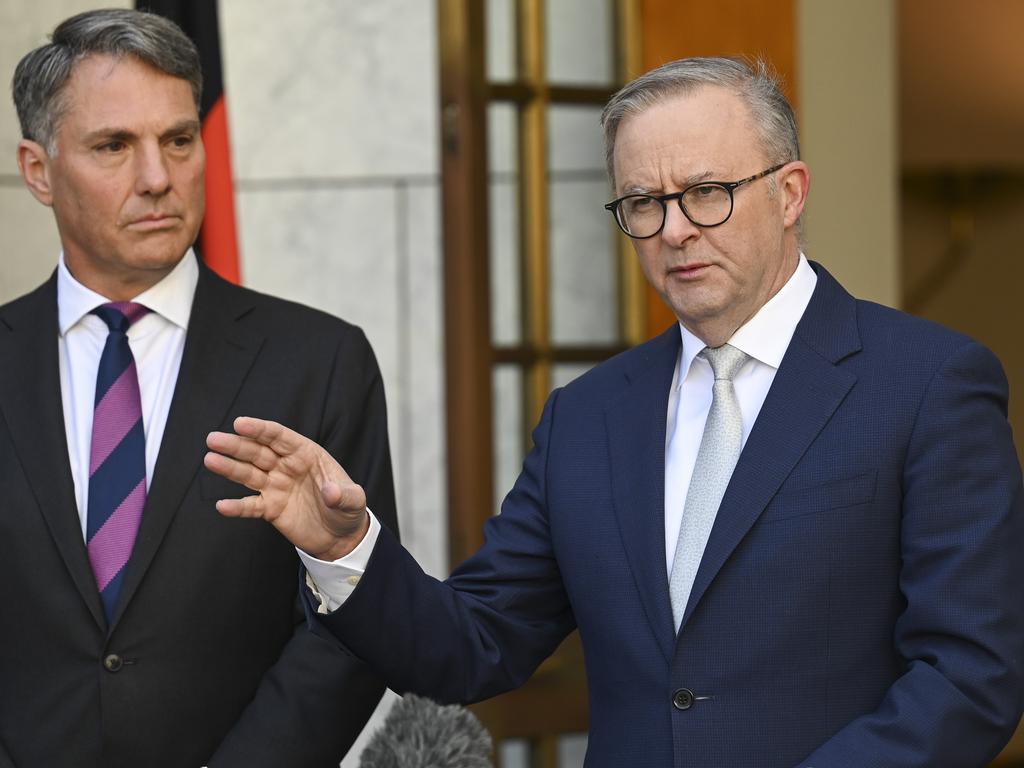
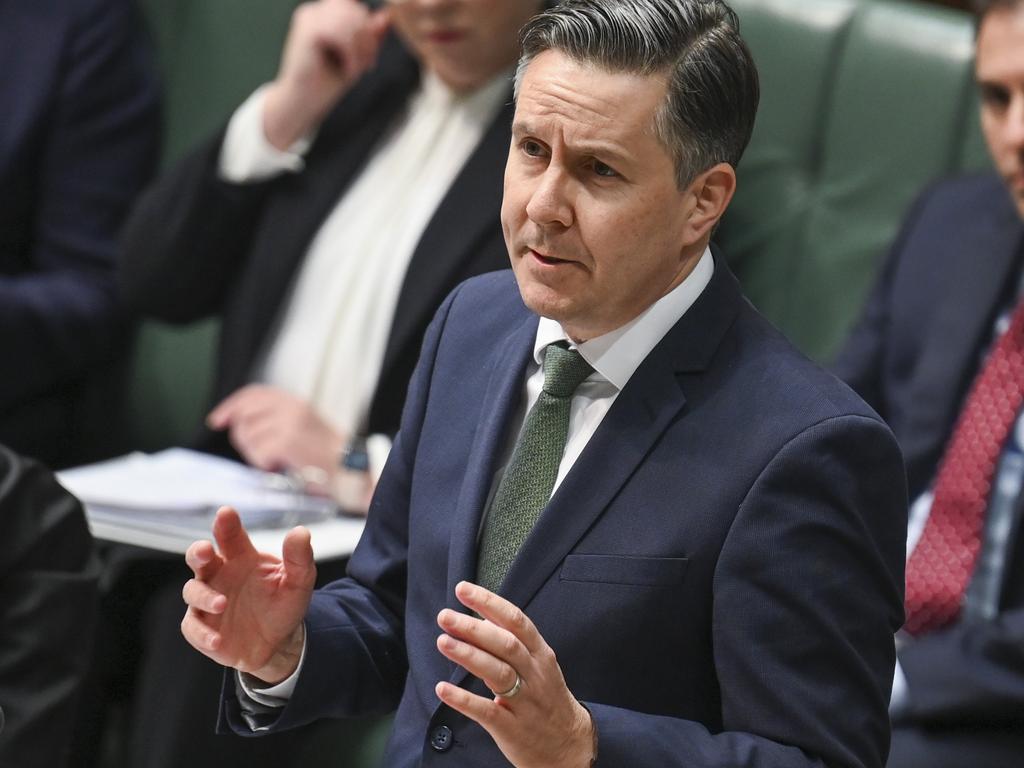
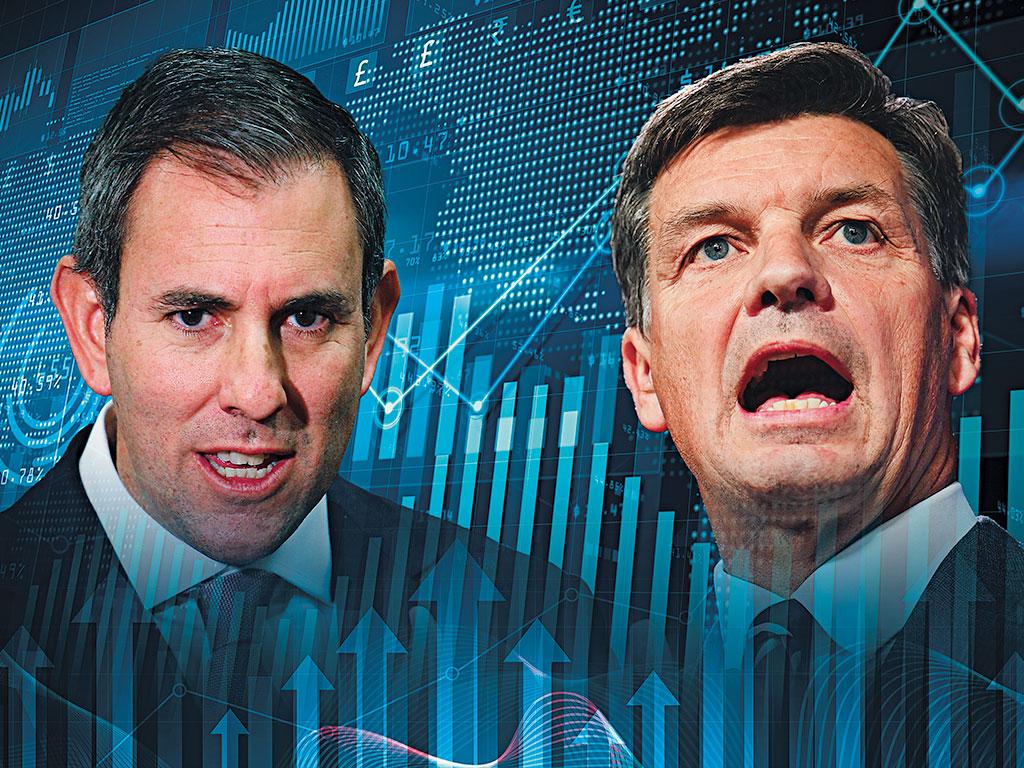


To join the conversation, please log in. Don't have an account? Register
Join the conversation, you are commenting as Logout